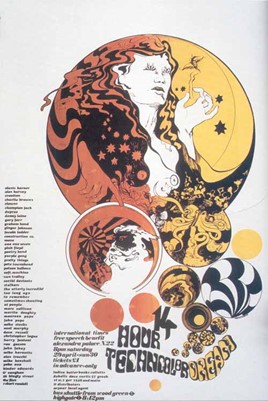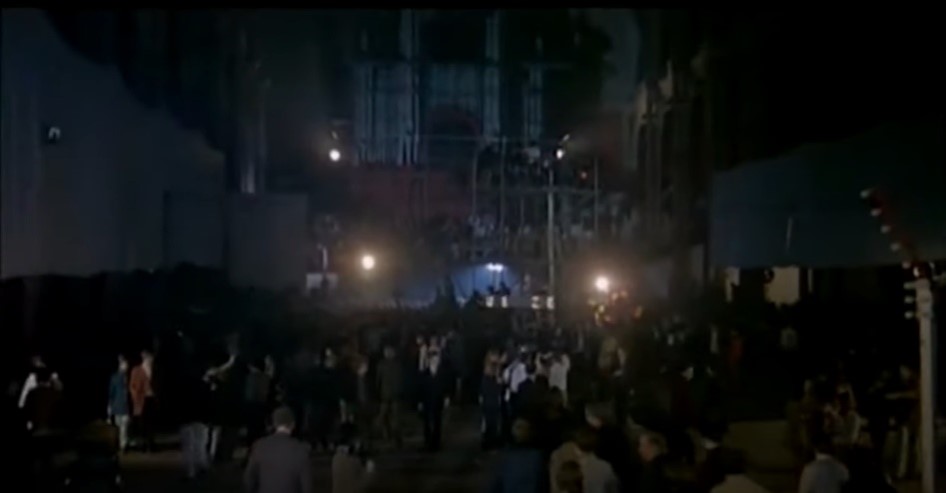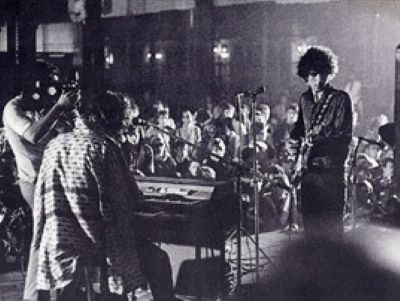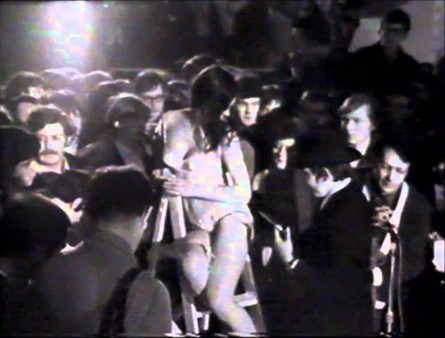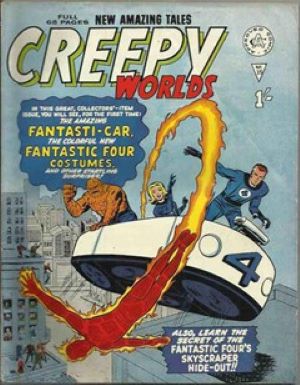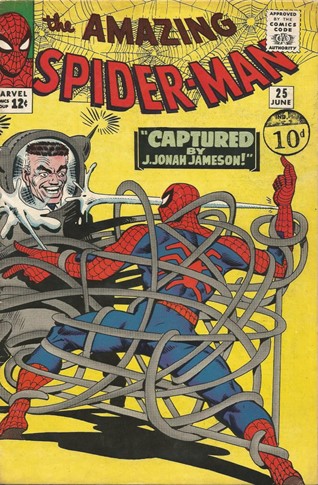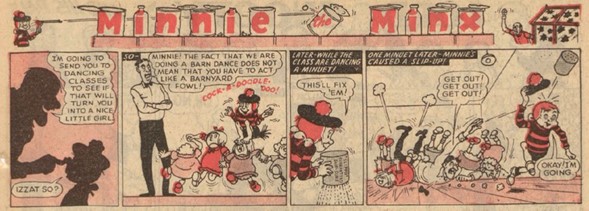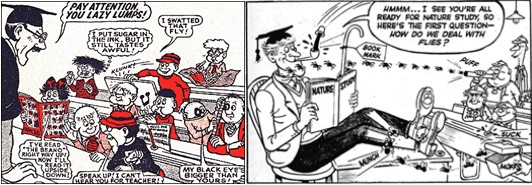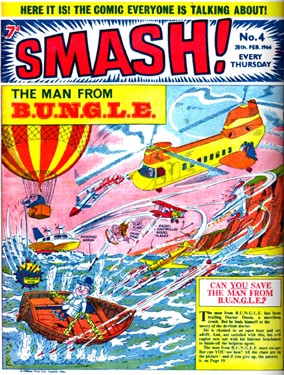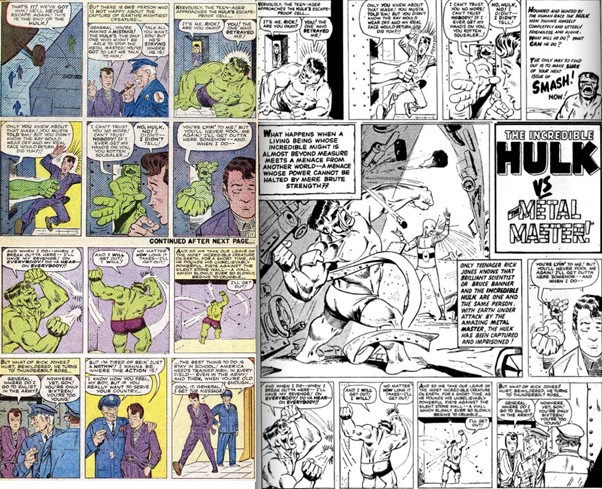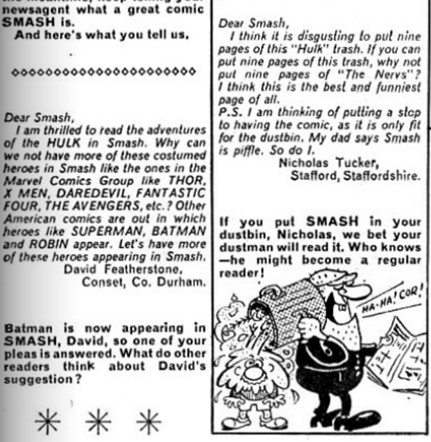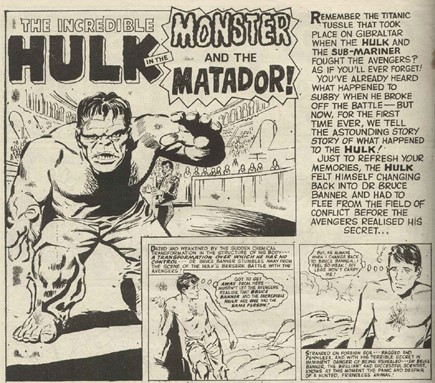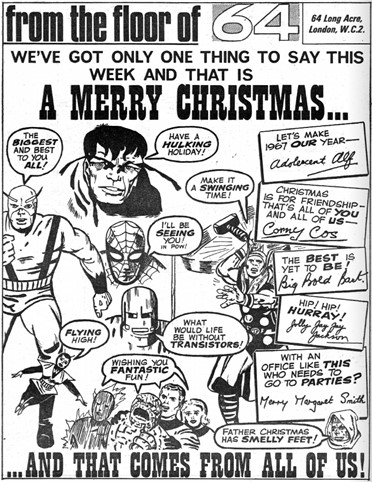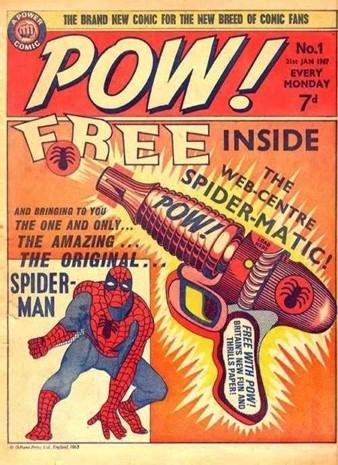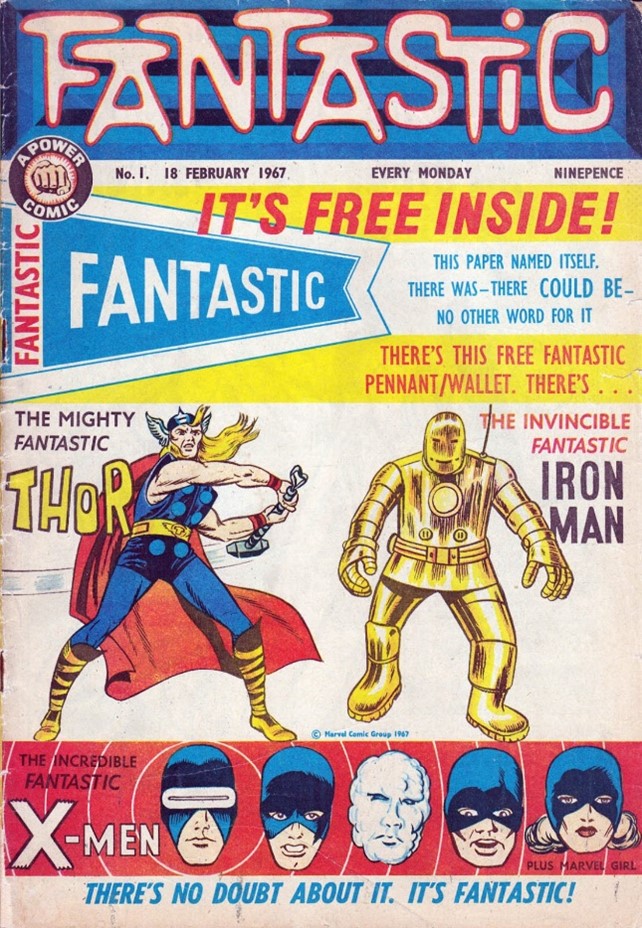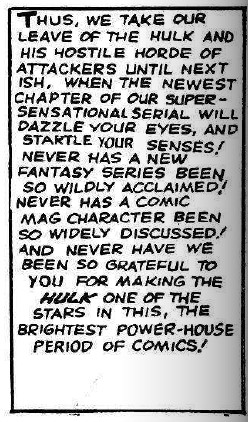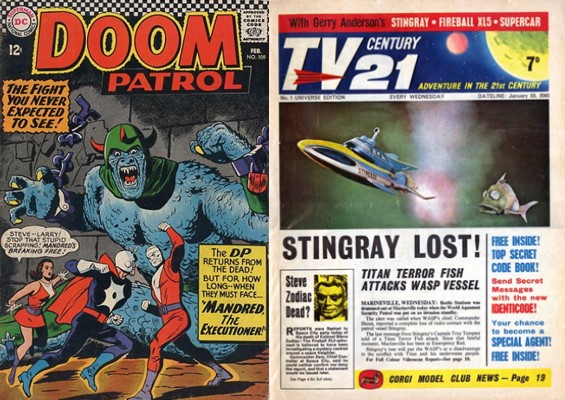
by Victoria Silverwolf
Alphabet Soup
On the first day of this month, a new movie rating system created by the Motion Picture Association of America (MPAA) went into effect. Although the system is voluntary, filmgoers in the USA can expect to see a letter of the alphabet accompanying almost every movie.
This is very old news to those living in the United Kingdom, where a similar system has been in place since 1912. There have been some changes over the years, but currently the British ratings are:
U for Unrestricted (everybody admitted)
A for Adult content (children under 12 must be accompanied by adults)
X for Explicit content (no one under 16 admitted)
The new American system uses different letters, although they kept the scary X.

G for General audiences (everybody admitted, no advisory warnings)
M for Mature audiences (everybody admitted, but parental guidance is advised)
R for Restricted (persons under 16 not admitted without adult parent or guardian)
X for Explicit (no one under 16 admitted)
Gee, Magazines R Xciting!
In the spirit of the MPAA, let me experiment with offering my own similar ratings for the stories in the latest issue of Fantastic, in addition to the usual one-to-five star system of judging their quality.

Cover art by Johnny Bruck.
As with previous issues, the cover art for this one comes from the German magazine Perry Rhodan.

Hell Dance of the Giants, or something like that.
The fine print under the table of contents reveals that former editor Harry Harrison is now the associate editor, and former associate editor Barry N. Malzberg (maybe better known under the authorial pen name K. M. O'Donnell) is now the editor. I have no idea if this swapping of job titles really means anything.
The Broken Stars, by Edmond Hamilton

Illustrations by Dan Adkins.
As the cover states, this is a sequel to Hamilton's famous space opera novel The Star Kings, from 1949. (I believe there have been a couple of other yarns in the series, published in Amazing.) However, it's certainly not a short novel. By my reckoning, it's a novelette, not even a novella.
I haven't read The Star Kings (mea culpa!) so it took me a while to figure out what was going on. (The fact that several paragraphs near the start are printed in the wrong order doesn't help.)
Three guys escape from a planet in a starship stolen from aliens. One fellow is the main hero, a man of our own time who somehow wound up in a far future of galactic empires and such. Another is a man of that time. So is the third one, but apparently he used to be the Bad Guy in previous adventures. Now he's working with the two Good Guys for his own self interest.
It turns out there's an alien on the ship as well. It can control human minds, but only one at a time. The trio solves this problem by crashing into a planet.

Out of the frying pan and into the fire.
The place is inhabited by nasty winged reptile aliens, who are part of an army of various extraterrestrials being collected by a Bad Guy to invade a planet ruled by the woman our time-traveling hero loves. Can he find a way to save her? Can he trust his former enemy? And what about those pesky mind-controlling aliens? Tune in next time!
This slam-bang action yarn reads like a chapter torn out at random from a novel. Besides starting in medias res, it stops before reaching a final resolution.
Hamilton is an old hand at writing this kind of space opera (they don't call him The World Wrecker for nothing!) so it's very readable. The former Bad Guy is the most interesting character (and he seems a lot smarter than the two Good Guys.) Too bad the story doesn't stand very well on its own.
Three stars.
Rated G for Good old scientifiction.
Ball of the Centuries, by Henry Slesar
Here's a brief tale about a guy who uses a crystal ball to see into the future. He warns a couple about to get married not to go through with it. Of course, they don't listen to him. Years later, they have the argument he predicted. The husband tracks down the guy and finds out the real reason he warned them.
That sounds like a serious story, but it's really an extended joke, with a double punchline. It's OK, I suppose, but nothing special, and a very minor work from a prolific and award-winning writer of fantasy, mystery, television, and movies.
Two stars.
Rated M for Matrimonial woes.
The Mental Assassins, by Gregg Conrad

Cover art by H J. Blumenfeld.
From the pages of the May 1950 issue of Fantastic Adventures, this story is the work of Rog Phillips under a pseudonym.

Illustration by Harold W. McCauley.
People who have been horribly maimed in accidents are kept alive and made to experience a shared dream world. The trouble begins when three of the twenty people develop evil alternate personalities. (As usual, the story thinks that schizophrenia literally means split personality.)
The physician in charge of the project asks the hero to enter the dream world and kill these doppelgängers. (This won't actually harm the real people, just eliminate their imaginary wicked doubles.) He gives it a try, but finds the experience so unpleasant he backs out of the deal.
The story then turns into a sort of hardboiled crime yarn, as the hero gets mixed up with a couple of mysterious women, a hulking bouncer, and two cab drivers who know more than they should. A wild back-and-forth chase ensues, partly on a spaceship, followed by a double twist ending.
You may be able to tell what's really happening as soon as the hero exits the dream world, but I don't think you'll guess the other plot twist, which is rather disturbing. This yarn reminds me of Philip K. Dick's games with reality, although it's not quite as adept.
Three stars.
Rated R for Really shocking ending.
The Disenchanted, by Wallace West and John Hillyard

Cover art by Vernon Kramer.
This fantasy farce comes from the January/February 1954 issue of the magazine.

Illustration by Sanford Kossin.
The ghost of Madame de Pompadour shows up at the apartment of a publisher. Present also is the author of a novel about the famed mistress of King Louis XV. The ghost objects to what the writer said about her in the book, and demands that it not be printed. When the publisher refuses, she has her ghostly buddies uninvent things, leading to chaos.
Strictly aiming for laughs, this featherweight tale ends suddenly. As a matter of fact, because the usual words THE END don't appear on the last page, I have a sneaking suspicion part of the story is missing. [Nope. It's that way in the original, too! (ed.)] Be that as it may, it provides a small amount of mildly bawdy amusement.
Two stars.
Rated R for Risqué content.
The Usurpers, by Geoff St. Reynard

Cover art by Raymon Naylor.
The January 1950 issue of Fantastic Adventures is the source of this chiller by Robert W. Krepps, an American author hiding behind a very British pen name.

Illustration by Leo Summers.
The narrator is a one-armed veteran of the Second World War. An old comrade-in-arms shows up and tells him a bizarre story.
It seems the fellow recovered from a serious eye injury. When his vision was restored, he saw that about half the people around him were actually weird, horrifying monsters in human disguise. He reaches the conclusion that beings from another dimension are infiltrating our own, intent on displacing humanity.
Things go from bad to worse when some of the creatures realize the guy can perceive them. They try to kill him, while he destroys as many of them as he can, leading to the violent conclusion.
This shocker is most notable for the truly strange and creepy descriptions of the monsters, each one of which has a different form. As an ignorant American, I found it convincingly British, although somebody from the UK might disagree. Overall, a pretty effective horror story.
Three stars.
Rated R for Revolting creatures.
The Prophecy, by Bill Pronzini
Like Henry Slesar's piece, this is a miniscule bagatelle about a prediction. A prophet who is always right announces that the world will end at a certain time on a certain day. When the hour of doom arrives, the unexpected happens.
Even shorter than the other joke story, this tiny work depends entirely on its punch line. I can't say I was terribly impressed. I also wonder why the magazine printed two similar tales in the same issue.
Two stars.
Rated G for Goofy ending.
The Collectors, by Gordon Dewey

Cover art by Barye Phillips.
My research indicates that somebody named Peter Grainger is an uncredited co-author of this story from the June/July 1953 issue of Amazing Stories.

Illustration by Harry Rosenbaum.
A very methodical fellow, who keeps track of every penny, tries to figure out why a small amount of money disappears every day. He runs into a woman who experiences the same phenomenon. It seems to have something to do with a vending machine.
The editorial introduction dismissingly says this story is . . . no classic, to be sure, it isn't even a minor classic . . . which seems like an odd way to talk about something worth printing. I thought it was reasonably intriguing. In this case, the open ending seems appropriate.
Three stars.
Rated M for Mysterious conclusion.
Unrated
As I mentioned above, the MPAA rating system is voluntary. No doubt a few movies will be released without one of the four letters. In a similar way, the stuff in the magazine other than fiction isn't really appropriate for rating.
Editorial: The Magazines, The Way It Is, by A. L. Caramine
Brief discussion of the rise and fall of science fiction magazines, with an optimistic prediction that they're on the way up again. A note at the end states that A. L. Caramine is the pseudonym of a well-known science fiction author.
Digging through old magazines, the only reference I can find to A. L. Caramine is as the author of the story Weapon Master in the May 1959 issue of Science Fiction Stories.

Cover art by Ed Emshwiller.
A glance at the magazine tells me that, in addition to a story by Robert Silverberg under his own name, there are book reviews by the same fellow under his pseudonym Calvin M. Knox. Given the way that single authors often filled up magazines with multiple pen names, I suspect that the mysterious A. L. Caramine is Silverberg as well, although I don't have definite proof of this.
2001: A Space Odyssey, by Laurence Janifer
One page article that praises the film named in the title, and says that Planet of the Apes is lousy. Just one person's opinion, take it or leave it.
The Rhyme of the SF Ancient Author or Conventions and Recollections, by J. R. Pierce
Parody of the famous Coleridge poem mocked in the title. It says that science fiction writers shouldn't go chasing money by writing other kinds of stuff. Pretty much an in-joke, I guess.
Fantasy Books, by Fritz Leiber
Mostly notable for a glowing review of Picnic on Paradise by Joanna Russ. May be the best-written thing in the magazine!
Good? Mediocre? Rotten? Xcruciating?
All in all, this was a so-so issue. The two star stories weren't that bad, the three star stories weren't that good. Not a waste of time, but you might want to listen to the current smash hit Hey Jude by the Beatles instead.

David Frost introduces the Fab Four as they perform the song on his television program.
Rated G for Groovy.

![[November 10, 1968] Ratings (December 1968 <i>Fantastic</i>)](https://galacticjourney.org/wp-content/uploads/2023/10/COVERREDUCED-672x372.jpg)


![[September 14, 1968] Half a Loaf is Better Than None (October 1968 <i>Fantastic</i>)](https://galacticjourney.org/wp-content/uploads/2023/09/coverREDUCED.jpg)



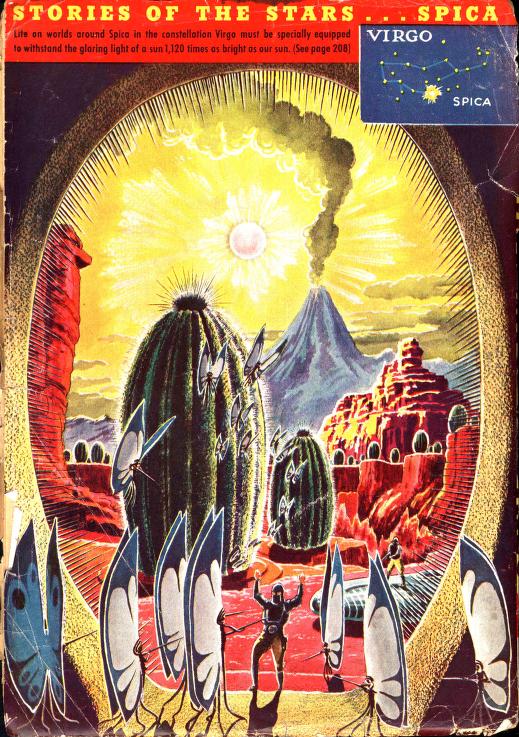
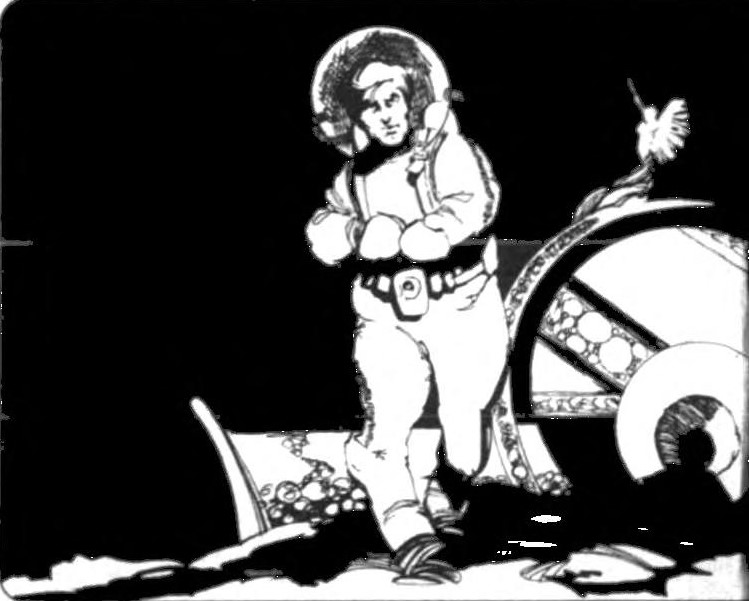


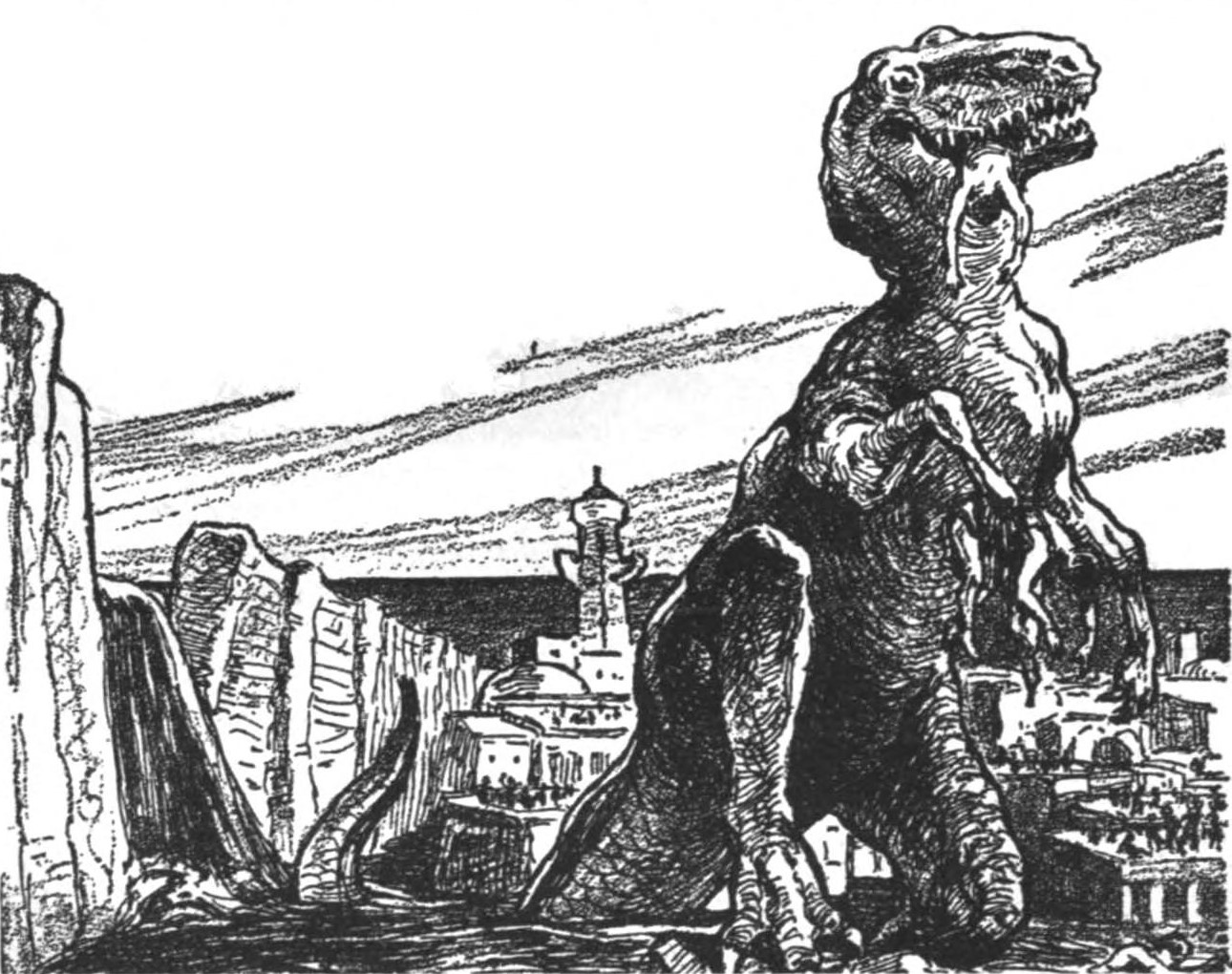
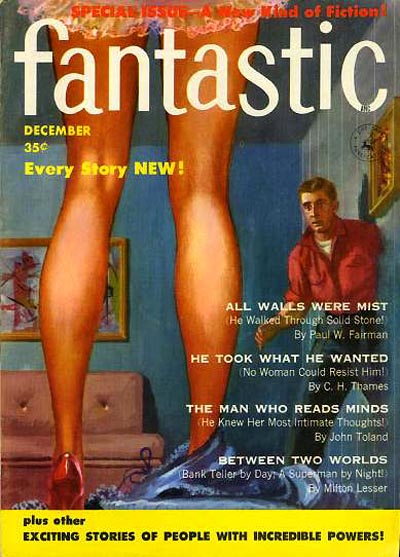

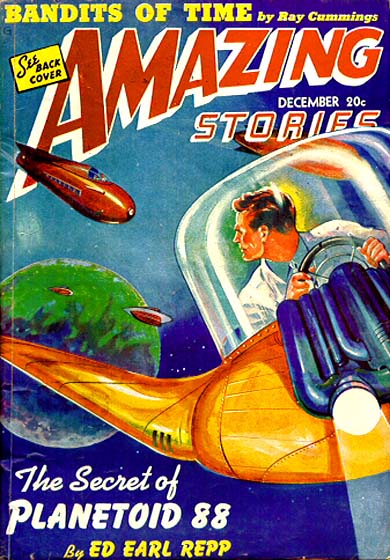
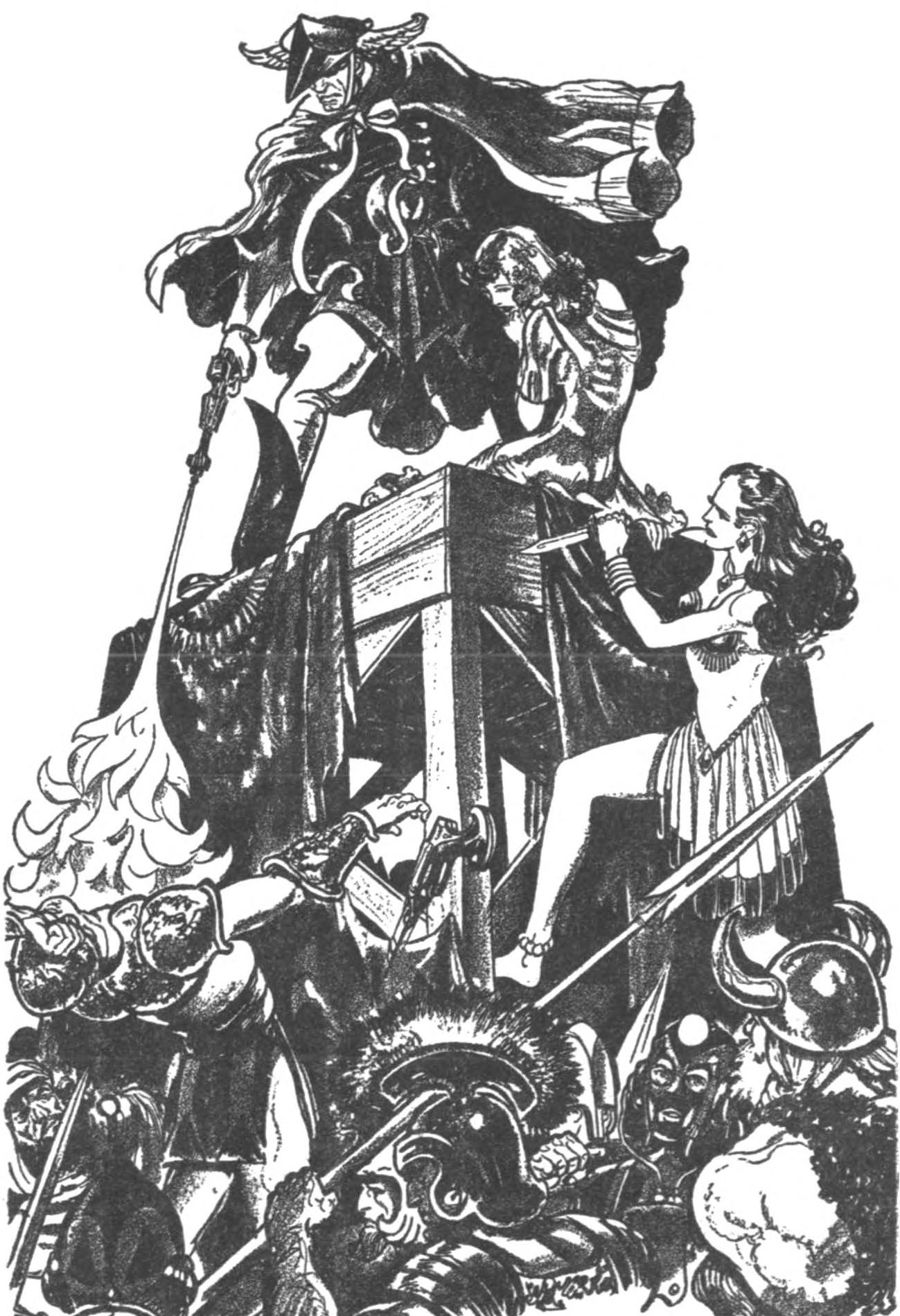
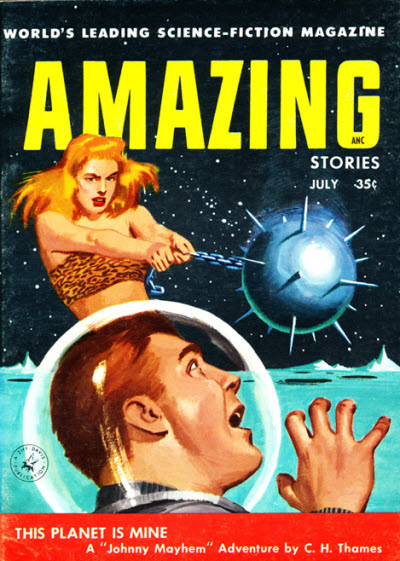
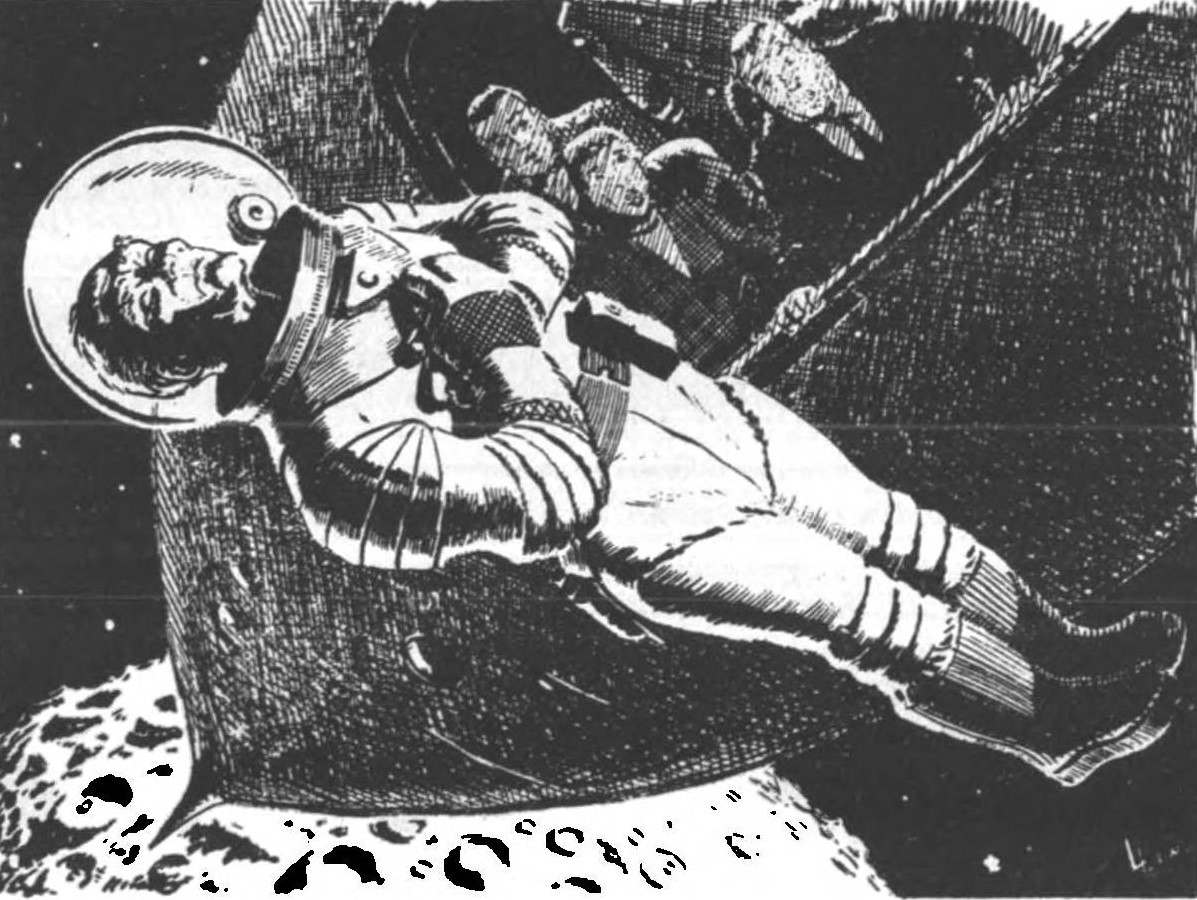

![[July 14, 1968] Long Time No See (August 1968 <i>Fantastic</i>)](https://galacticjourney.org/wp-content/uploads/2023/06/COVER-2-672x372.jpg)






















![[April 12, 1968] Darkness (May 1968 <i>Fantastic</i>)](https://galacticjourney.org/wp-content/uploads/2023/04/SMALLCOVER-672x372.jpg)

















 This tale appeared in the December 1956 issue of the girlie magazine Caper, attributed to Spencer Strong (Ackerman again) and Morgan Ives (Marion Zimmer Bradley.)
This tale appeared in the December 1956 issue of the girlie magazine Caper, attributed to Spencer Strong (Ackerman again) and Morgan Ives (Marion Zimmer Bradley.)
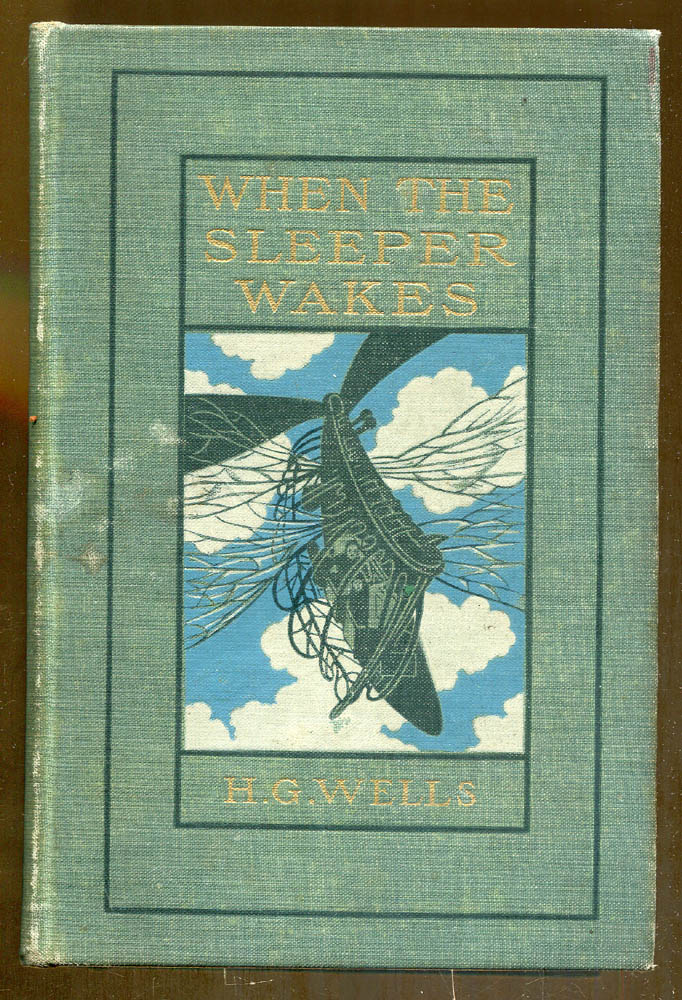





![[February 10, 1968] It's a Man's World (March 1968 <i>Fantastic</i>)](https://galacticjourney.org/wp-content/uploads/2023/02/cover-2-672x372.jpg)












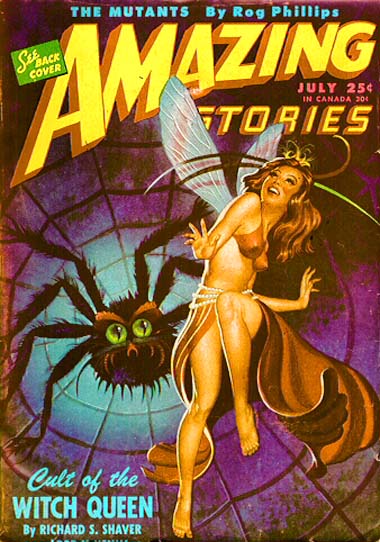











![[December 10, 1967] Give 'Em Hell, Harry! (January 1968 <i>Fantastic</i>)](https://galacticjourney.org/wp-content/uploads/2022/11/COVER-ART-3-672x372.jpg)

















![[October 8, 1967] Things Fall Apart (November 1967 <i>Fantastic</i>)](https://galacticjourney.org/wp-content/uploads/2022/09/Fantastic_v17n02_1967-11_0000-3-672x372.jpg)























![[August 8, 1967] Distant Signals (September 1967 <i>Fantastic</i>)](https://galacticjourney.org/wp-content/uploads/2022/07/Fantastic_v17n01_1967-09_0000-2-672x372.jpg)


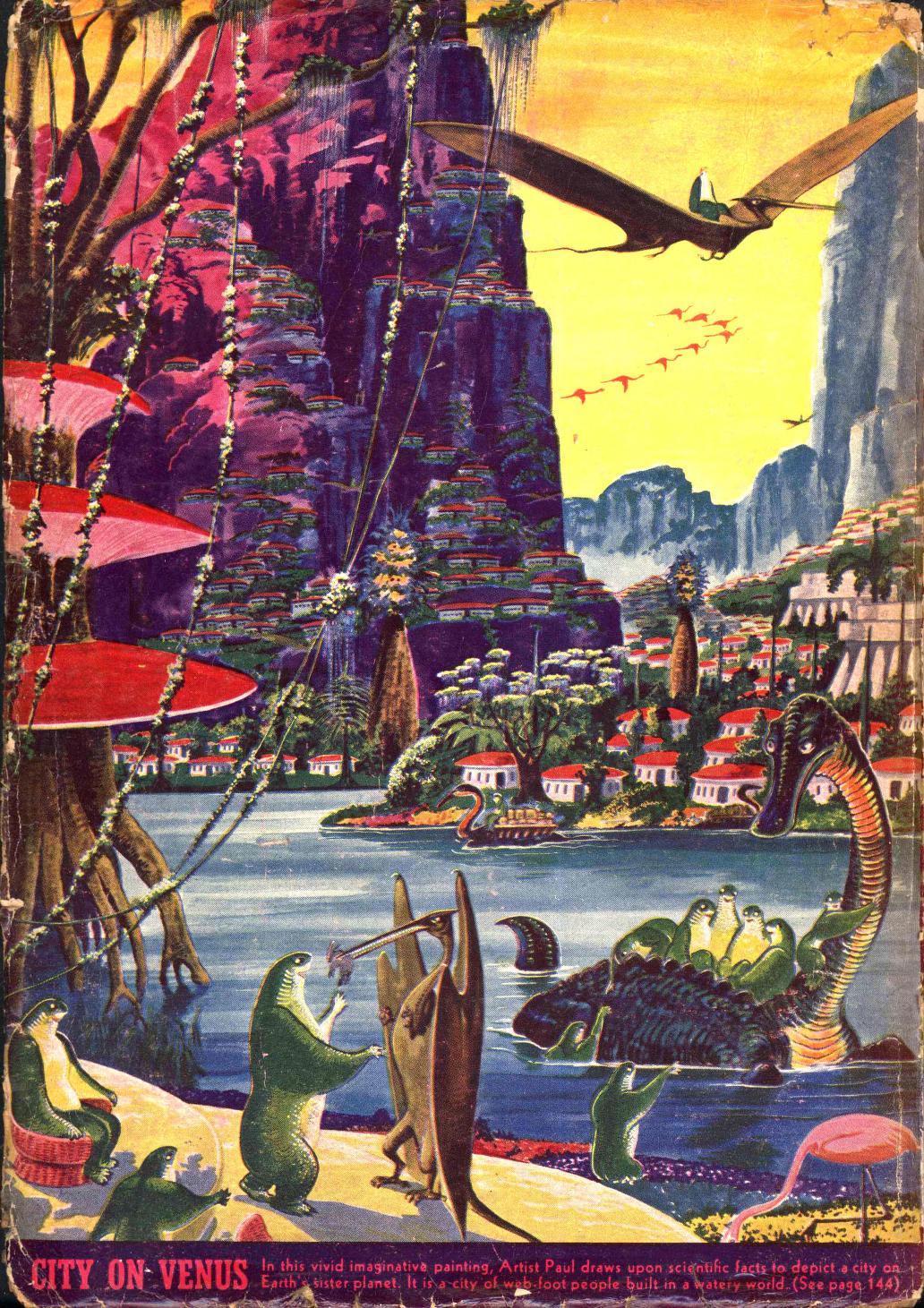

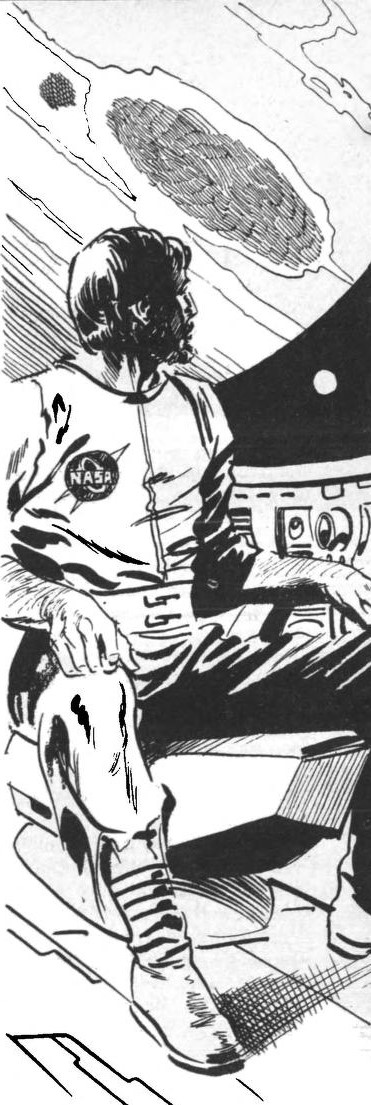
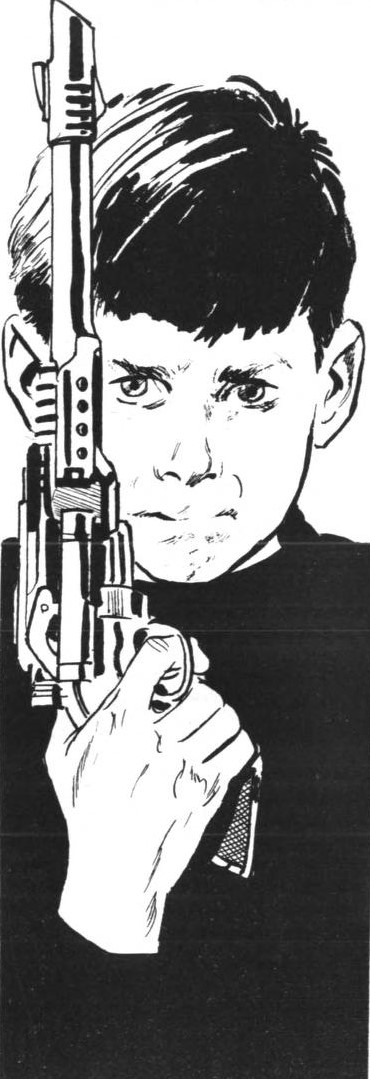
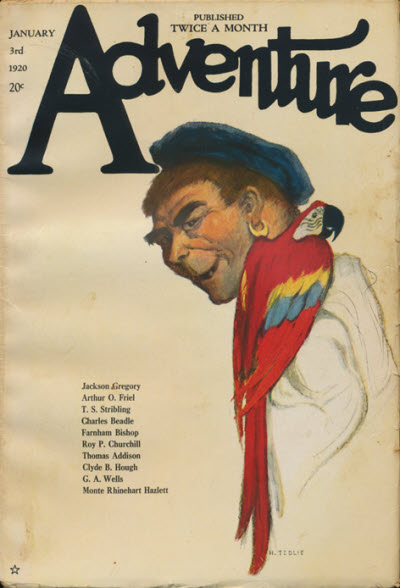
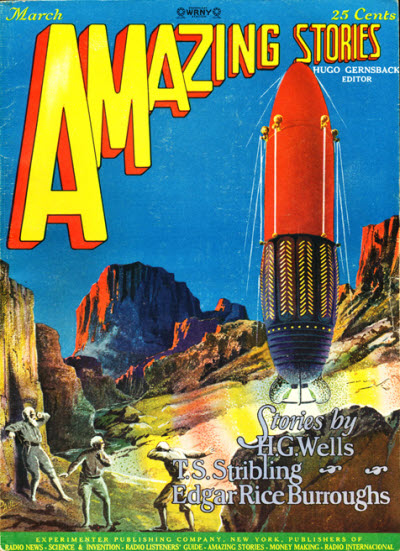
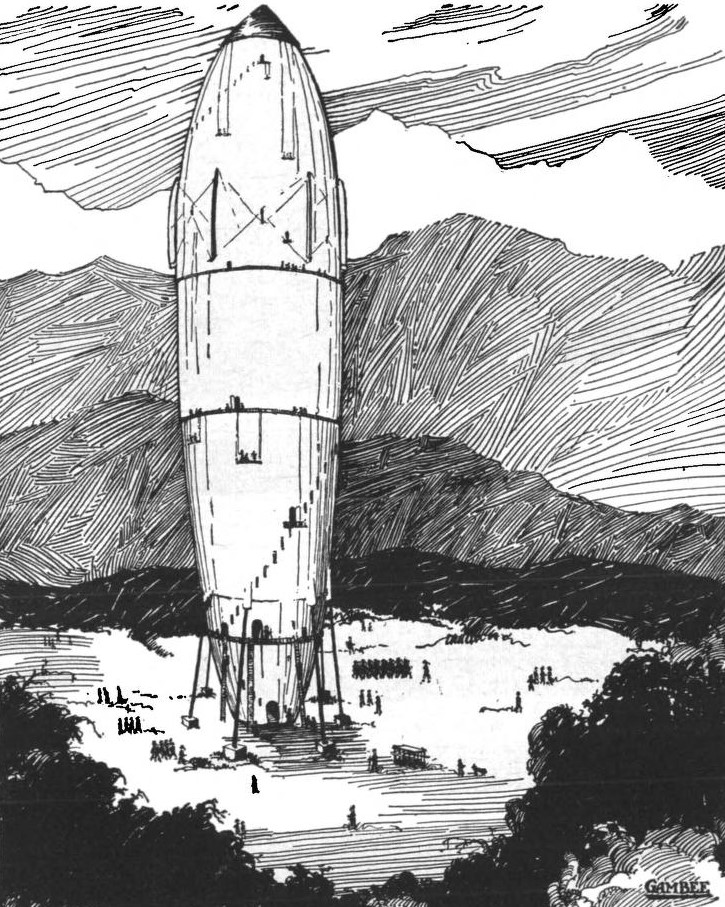

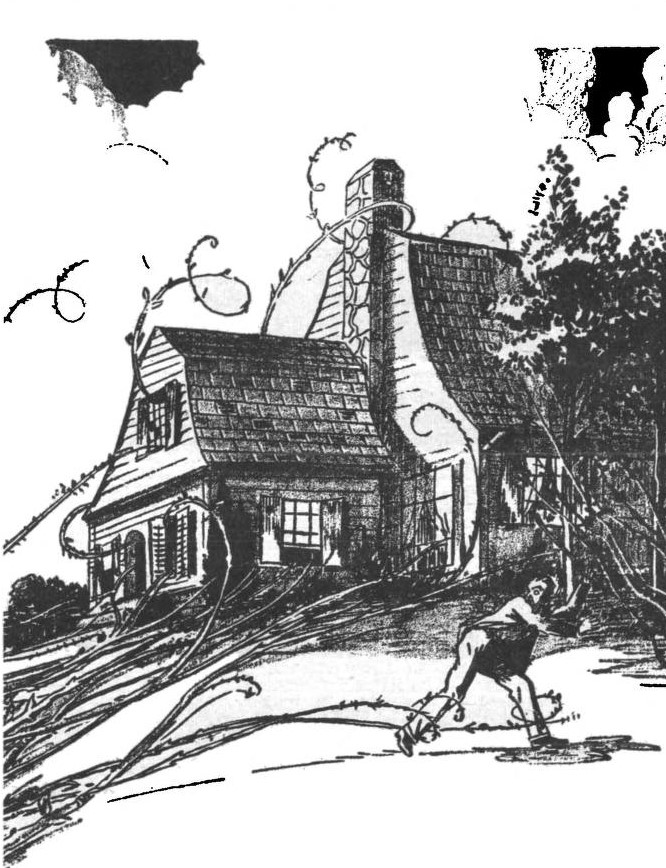
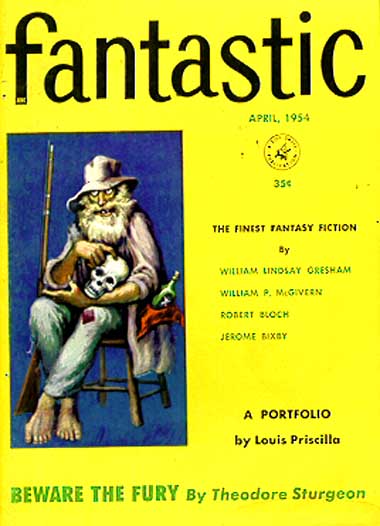

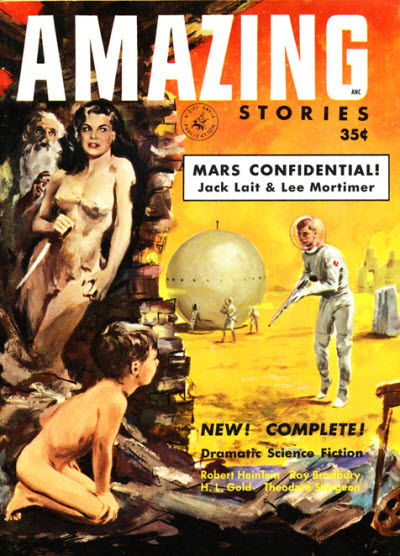

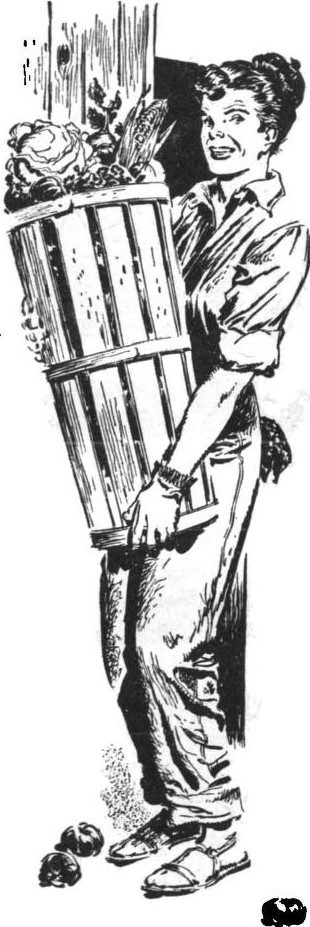
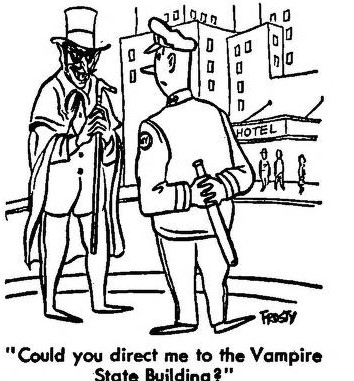
![[June 10, 1967] Music To Read By (July 1967 <i>Fantastic</i>)](https://galacticjourney.org/wp-content/uploads/2022/05/fantastic_196707-2-1.jpg)



















![[May 4, 1967] The Marvel Superheroes Have Arrived! (<i>Marvel Comics in the UK</i>)](https://galacticjourney.org/wp-content/uploads/2022/04/Marvel-UK-23.jpg)

